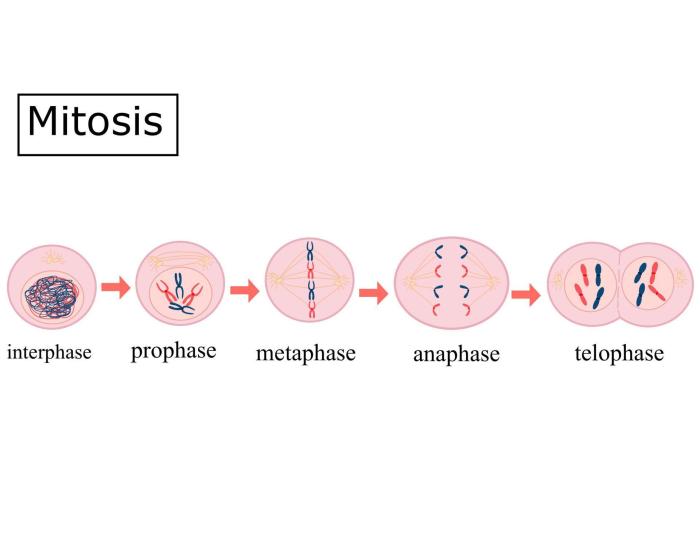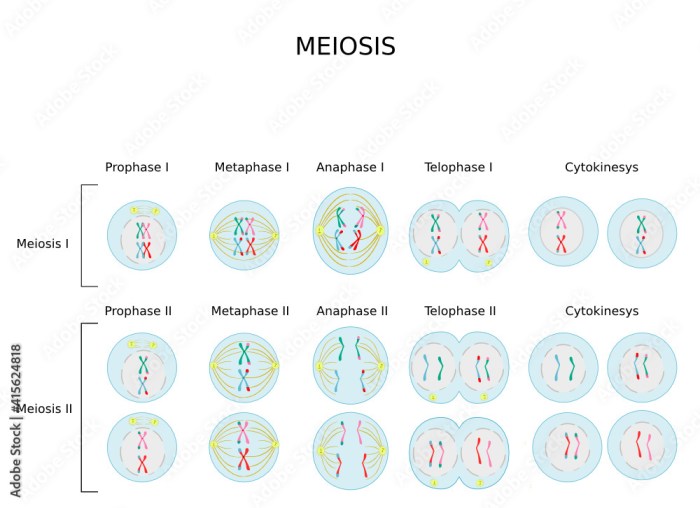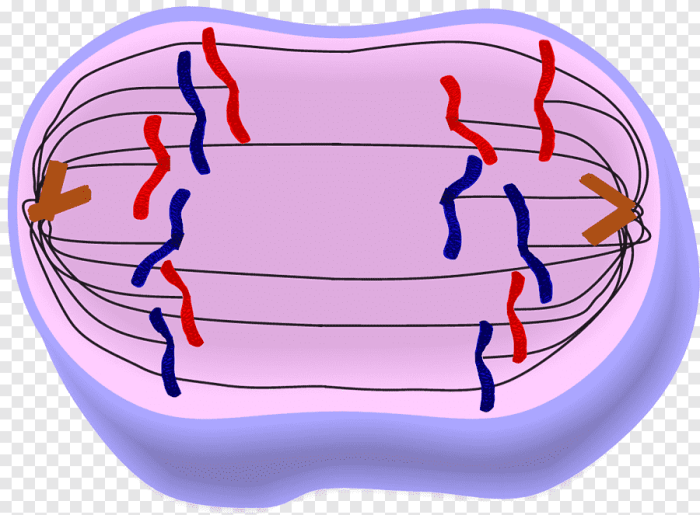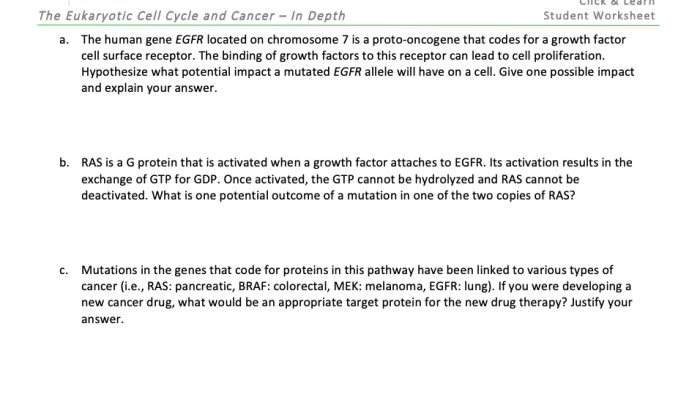Identify the three phases of mitosis in the following photomicrographs – Identifying the three phases of mitosis in the following photomicrographs, namely prophase, metaphase, and anaphase, is crucial for understanding cell division. Mitosis, a fundamental process in cell biology, ensures the accurate distribution of genetic material during cell division, thereby maintaining genomic integrity and proper development.
This comprehensive guide provides a detailed overview of the characteristics of each phase, enabling researchers to accurately identify and analyze mitosis in photomicrographs. By understanding the key features visible in these images, scientists can gain insights into the dynamics of cell division and its implications for cellular processes.
Mitosis: A Three-Phase Journey of Cell Division

Mitosis, a fundamental process in cell biology, plays a critical role in the division of eukaryotic cells. This intricate process ensures the faithful segregation of genetic material into two daughter cells, preserving the genetic integrity of the organism.
Mitosis can be broadly divided into three distinct phases: prophase, metaphase, and anaphase. Each phase is characterized by unique cellular events that culminate in the separation of chromosomes and the formation of two genetically identical daughter cells.
Identifying the Prophase Phase
Prophase, the initial phase of mitosis, is marked by the condensation of chromosomes into visible structures. The nuclear envelope, which encloses the nucleus, begins to break down, allowing the mitotic spindle fibers to interact with the chromosomes.
In the provided photomicrographs, the prophase phase can be identified by the presence of condensed chromosomes and the absence of a clearly defined nuclear envelope.
Identifying the Metaphase Phase
Metaphase follows prophase and is characterized by the alignment of chromosomes at the metaphase plate, an imaginary line located along the equator of the cell. The mitotic spindle fibers, emanating from opposite poles of the cell, attach to the chromosomes at their centromeres.
In the photomicrographs, the metaphase phase is evident by the chromosomes arranged in a linear fashion at the metaphase plate.
Identifying the Anaphase Phase, Identify the three phases of mitosis in the following photomicrographs
Anaphase, the third phase of mitosis, is characterized by the separation of sister chromatids, which are identical copies of each chromosome. The mitotic spindle fibers shorten, pulling the sister chromatids towards opposite poles of the cell.
In the photomicrographs, the anaphase phase can be identified by the movement of chromosomes away from the metaphase plate and towards the opposite poles.
General Inquiries: Identify The Three Phases Of Mitosis In The Following Photomicrographs
What are the key features of prophase in photomicrographs?
During prophase, chromosomes condense and become visible, while the nuclear envelope breaks down.
How can metaphase be identified in photomicrographs?
In metaphase, chromosomes align at the metaphase plate, forming a distinct line across the cell.
What are the visible characteristics of anaphase in photomicrographs?
Anaphase is characterized by the separation of sister chromatids and their movement towards opposite poles of the cell.


